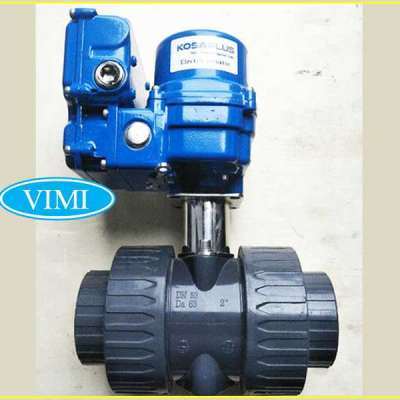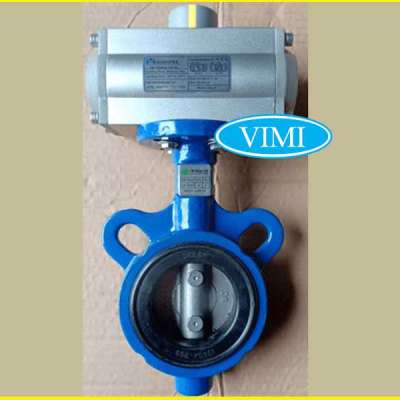Green Tech in the Audio-Visual Industry: Sustainability Matters
Introduction
The audio-visual industry has seen tremendous evolution of audio visual technology over the past few decades. With rapid advancements in areas like digital media, display technologies, virtual and augmented reality, the industry is at the forefront of technological innovation. However, this constant evolution and drive for the newest and best technologies has also come at a high environmental cost due to increased electronic waste and high energy consumption of devices and infrastructure. As consumers and businesses are becoming increasingly environmentally conscious, green technologies and sustainable practices are gaining more importance in the audio-visual industry as well. In this blog post, we will discuss how sustainable and environment-friendly practices can help the audio-visual industry lower its carbon footprint while future-proofing itself for a greener future.
The Environmental Impact of AV Technologies
The massive growth and evolution of AV technologies over the past few decades has undoubtedly improved our lives but it has also created various environmental challenges:
Electronic Waste: Shortening product lifecycles and planned obsolescence has increased electronic waste from discarded AV devices like TVs, projectors, speakers etc. E-waste contains toxic heavy metals and chemicals which pollute the environment during improper disposal.
High Energy Usage: Resource-intensive technologies like 4K/8K screens, immersive experiences, cloud services etc. require high energy for manufacturing as well as operation which increases power consumption, carbon emissions and operating costs.
Raw Material Depletion: Rapid innovations have increased the depletion of rare earth minerals and precious metals used in manufacturing semiconductors, LCD panels, battery components etc. Extraction and processing of these materials is also energy-intensive.
Infrastructure Footprint: Data centers, co-location facilities, networking hardware required to power digital experiences, cloud services and streaming consume a lot of floor space and energy for cooling and power requirements.
Embracing Green Technologies
To address these environmental issues, manufacturers and businesses in the AV industry need to focus on development and adoption of greener technologies across the value chain:
Product Design and Materials
Use of recycled and sustainable materials in product construction
Design for disassembly and easy recyclability at end-of-life
Reduce use of hazardous substances like lead, mercury, cadmium etc.
Miniaturization of components for smaller form factors
Removable/upgradeable parts for longer product lifespan
Energy Efficiency
More power-efficient components, LED displays, smaller logic boards etc.
Advanced power management features, auto-dimming, sleep modes
Deployment of efficient cooling systems, heat reuse where possible
Use of renewable energy sources for powering facilities
Green Infrastructure
Resource-efficient, energy-star rated data centers
Co-location in areas with lower power costs, access to renewables
Advanced monitoring and automation for optimized infrastructure utilization
Liquid, immersion cooling techniques for data centers
Sustainable Practices
Many leading AV brands have already made progress towards green manufacturing and solutions:
LG Electronics was one of the early adopters of designing TVs and monitors for easy disassembly and recyclability at end-of-life. It has also reduced power consumption across its product lines.
Sony aims for 100% recyclability of TVs and zero waste to landfill from manufacturing by 2025. It recycles plastic from discarded products to make new ones.
Nvidia uses nearly 30% recycled content in its graphics cards. Its data centers are 50% more energy efficient than industry standard.
Microsoft, Google, Amazon have committed to powering their global operations entirely with renewable energy in coming years. They are continuously optimizing resource usage at scale.
Sustainable AV Experiences and Services
The experience side of the audio-visual industry should also embrace sustainability:
Cloud-based Services
Transition to cloud-based workflows and file sharing reduce hardware needs and e-waste from frequent upgrades.
Content delivery networks powering streaming use green infrastructure.
Virtual Production
Immersive techniques like virtual sets, compositing reduce physical production waste and carbon footprint of location shoots.
Remote Conferencing and Learning
Virtual conferencing and classrooms avoid travel reducing emissions while improving access and inclusion.
AI and Automation
Technologies like computer vision powered automation can optimize operations and resource usage.
Green Venues and Events
Sustainable venue construction, zero-waste policies, use of local sourcing, public transport access and renewables.
Consumer Education
Create awareness about environmental impacts and benefits of greener choices through marketing, advocacy.
While the costs may be higher presently, a shift to sustainable practices will help the audio-visual industry curb emissions, future-proof against regulations, gain consumer goodwill and trust in the long run. With collaborative efforts across the ecosystem, green tech can drive the next phase of innovation and growth.
Read Related:- https://medium.com/@jamesespin....osa926/evolution-of-
Like
Comment
Share
















